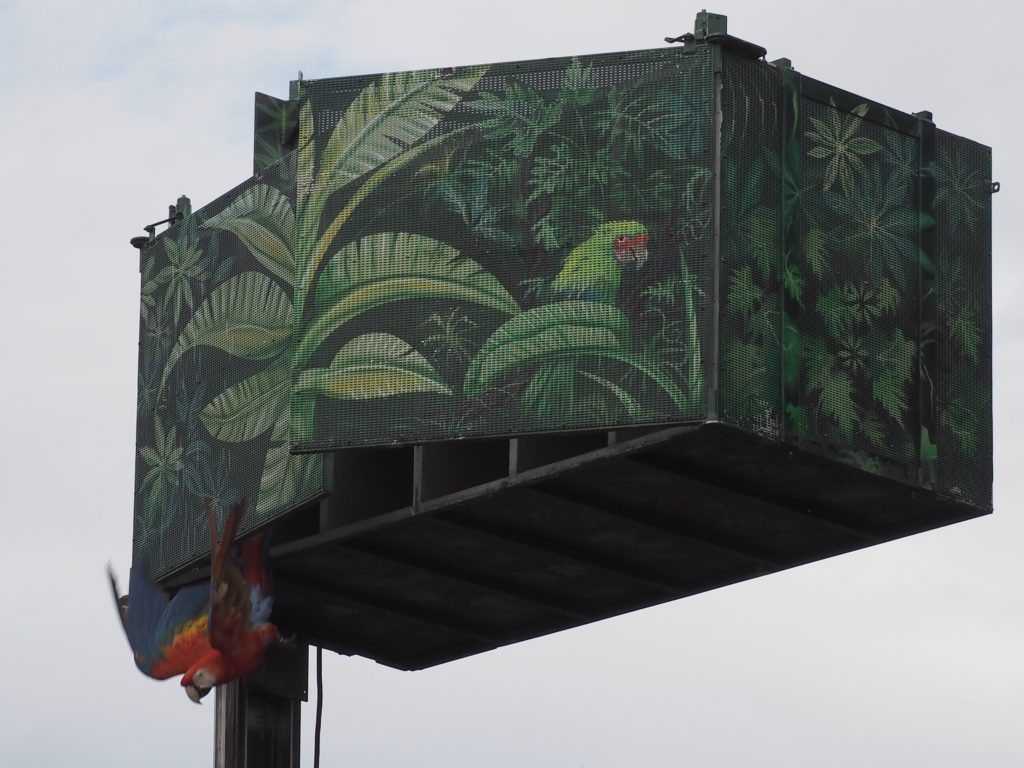
To say that the San Diego Zoo is a special zoo is like saying that the MET is a special art museum. All comparison fails. For one thing, everything opens just a little earlier than promised. Having just arrived from the east coast, we arrived before opening time and found ourselves among the first visitors and spectators for what’s apparently the daily release of the macaws to take their stations around the 100 acres of zoo.
There’s What You Expect
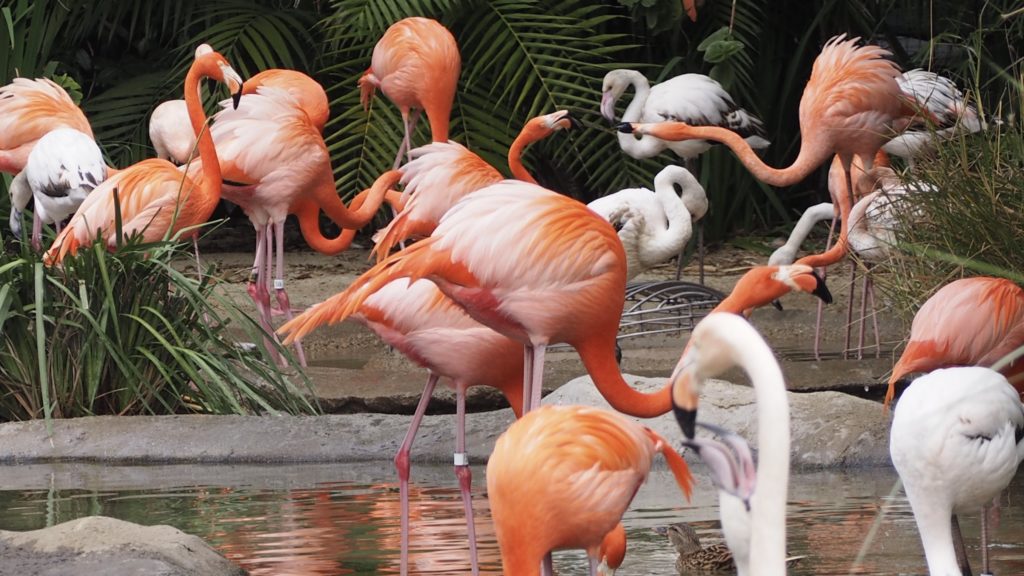
Flamingoes 
Meerkat 
Malay Great Argus Pheasant 
Gorilla
San Diego has plenty of what you expect to find in a zoo, only they are more visible and accessible and in generously sized enclosures that can make you forget that they are in captivity.
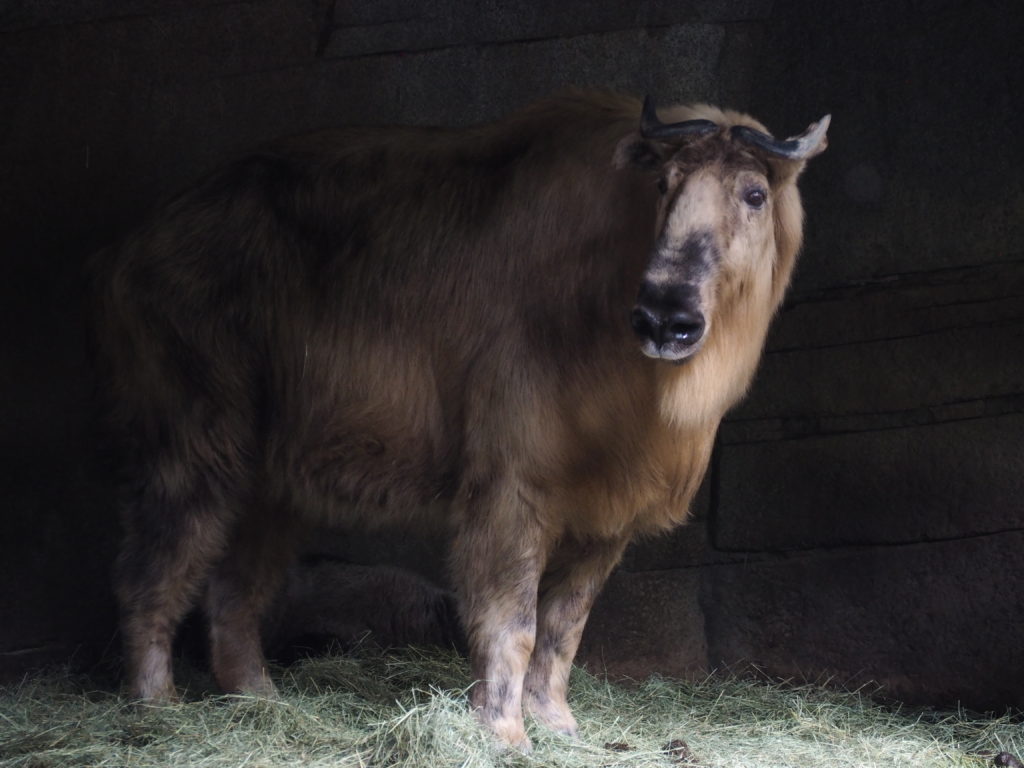
Conservation at the Heart of the Zoo
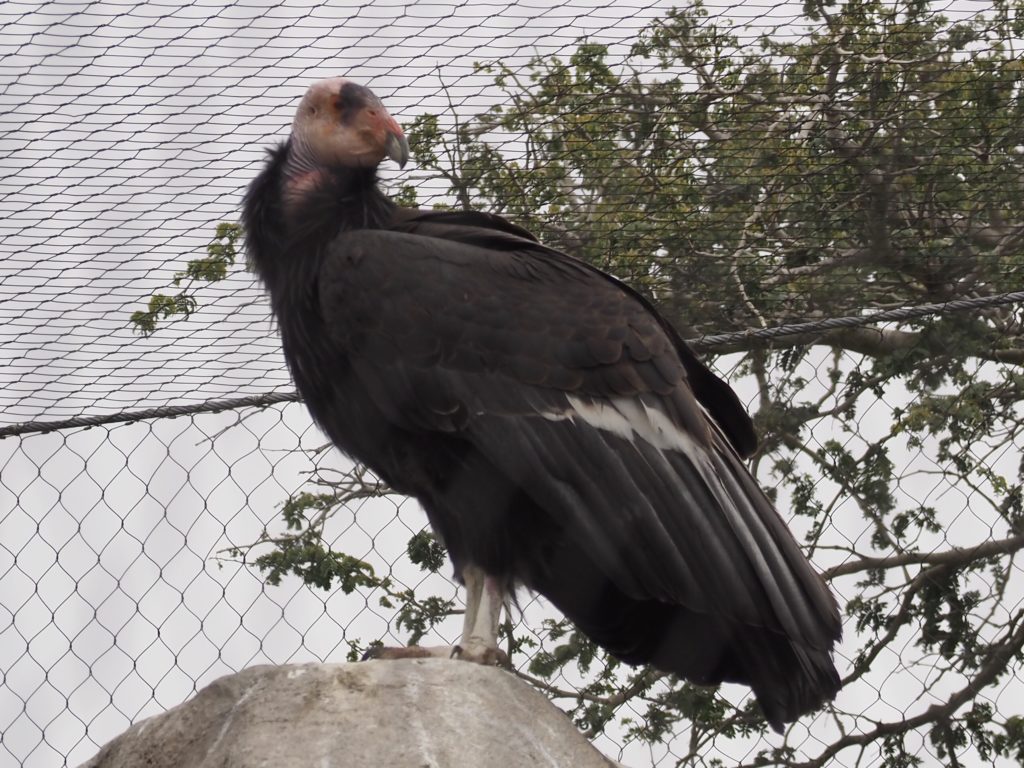
One of the best known (tentative) successes of the rescue of species from almost certain extinction is that of the California Condor. They were extinct in the wild in 1987 when the remaining 27 individuals were rescued and brought into the San Diego and Los Angeles Zoos. In 1991 they were reintroduced to the wild and remain one of the world’s rarest bird species with 463 individuals either in the wild or in captivity. The infamous use of DDT, lead poisoning from consuming wild carrion (the condor being, of course, a scavenger), and electrocution from landing on power lines are among the causes leading to the critically endangered status of this largest bird of North America that can otherwise have a life span of 60 years.

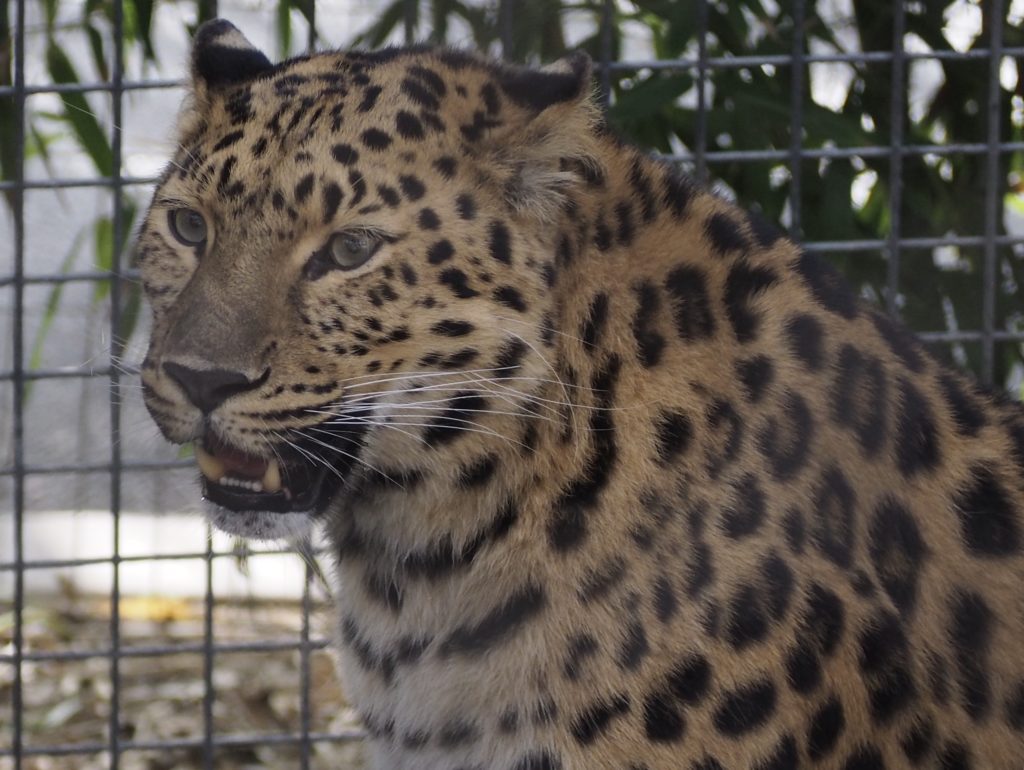
The critically endangered Amur Leopard comes from a small area overlapping Russia, China and North Korea and benefits from another conservation effort in which the San Diego Zoo takes part by breeding this world’s rarest big cat for eventual return to the wild. The Chinese and Russians have both set aside substantial acreage, although it’s expected that it will be the grandchildren of a pair of two year old cubs born at the zoo who will join the effort. The population needs to be large enough that breeding in the wild can occur with individuals not overly related.
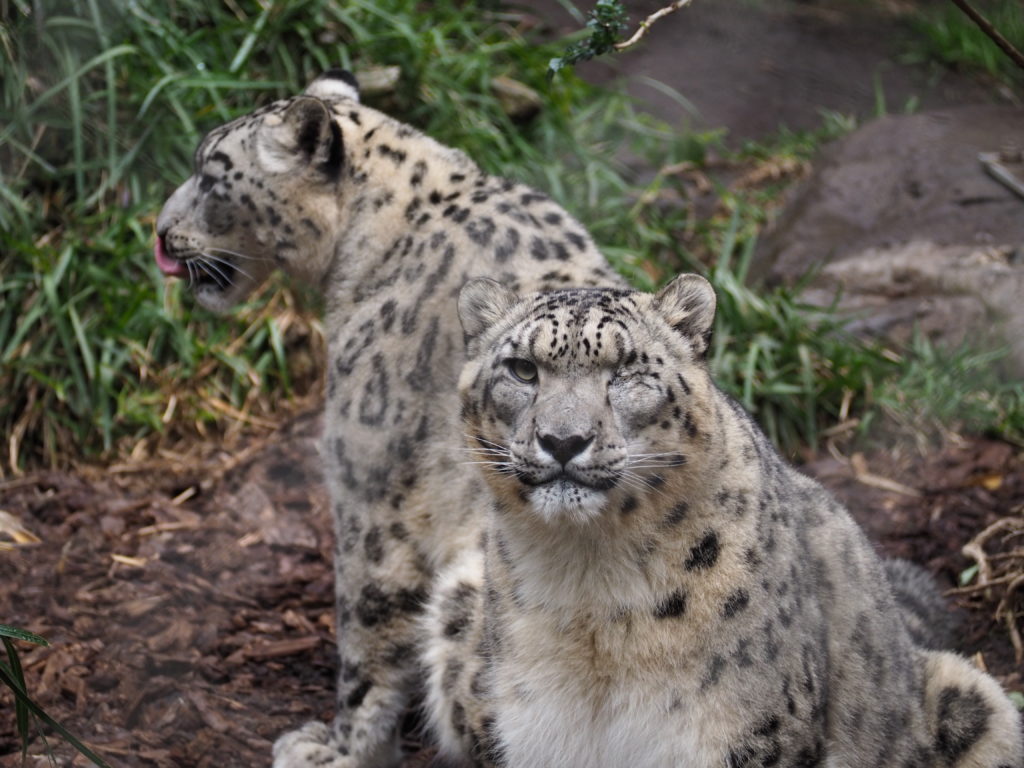
The Snow Leopard, from Central Asia, is also endangered and, along with the Amur Leopard, is unusual in being a Leopard from a cold climate. As part of its adaptation to the cold, the Snow Leopard has an enormous thick tail with which to curl up and which helps with balance in its rocky environment. This couple (they’re hoping they’ll breed) had to be moved away from the Amur Leopards after the birth of the Amur cubs because they found the scent to be wildly disturbing.
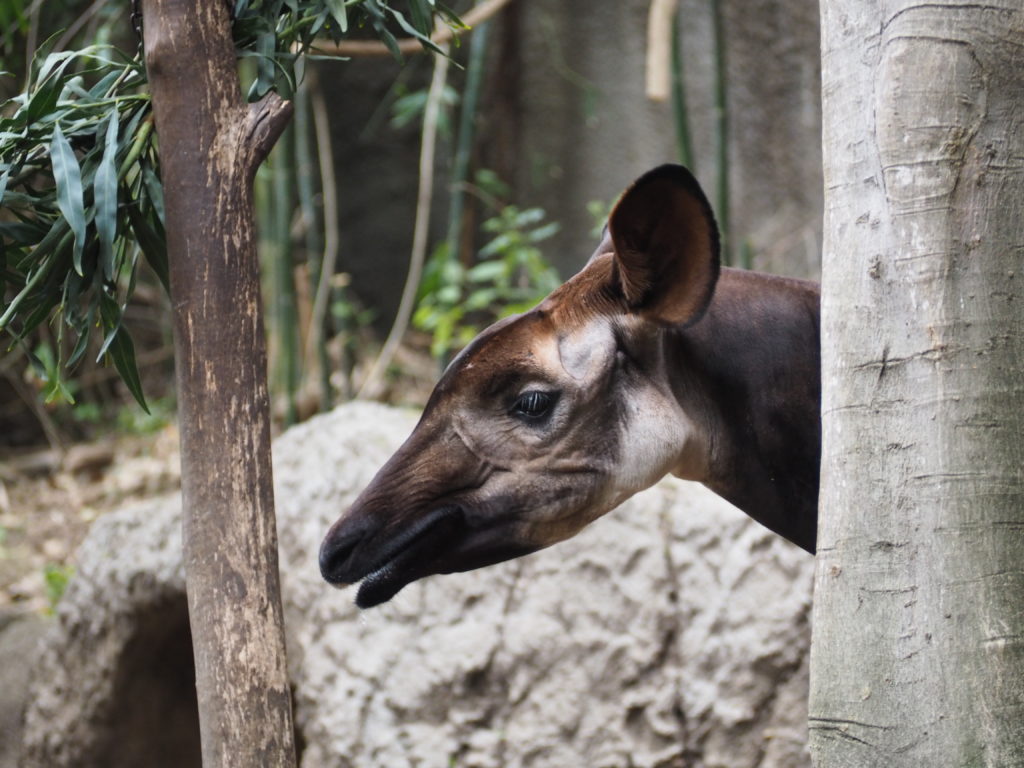
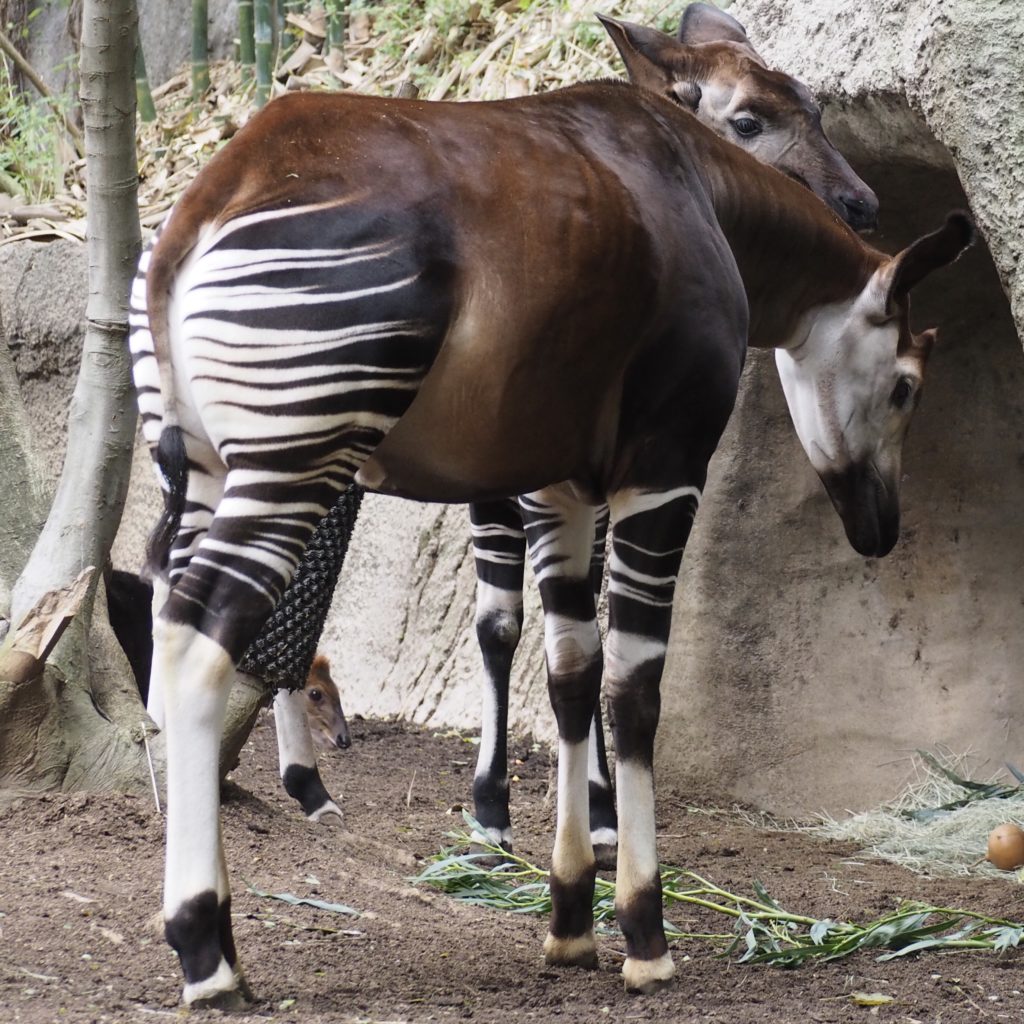
Okapi are endangered in the forests of the Congo due primarily to the hunting, logging, farming and mining by armed rebels.

From the beaches and coastal waters of Southern Africa, these penguins are endangered due a a lack of food resources and appropriate nesting areas (a common problem with bird species).

These endangered Coquerel’s Sifaka from the dry forests of Madagascar are fascinated by their visitors.
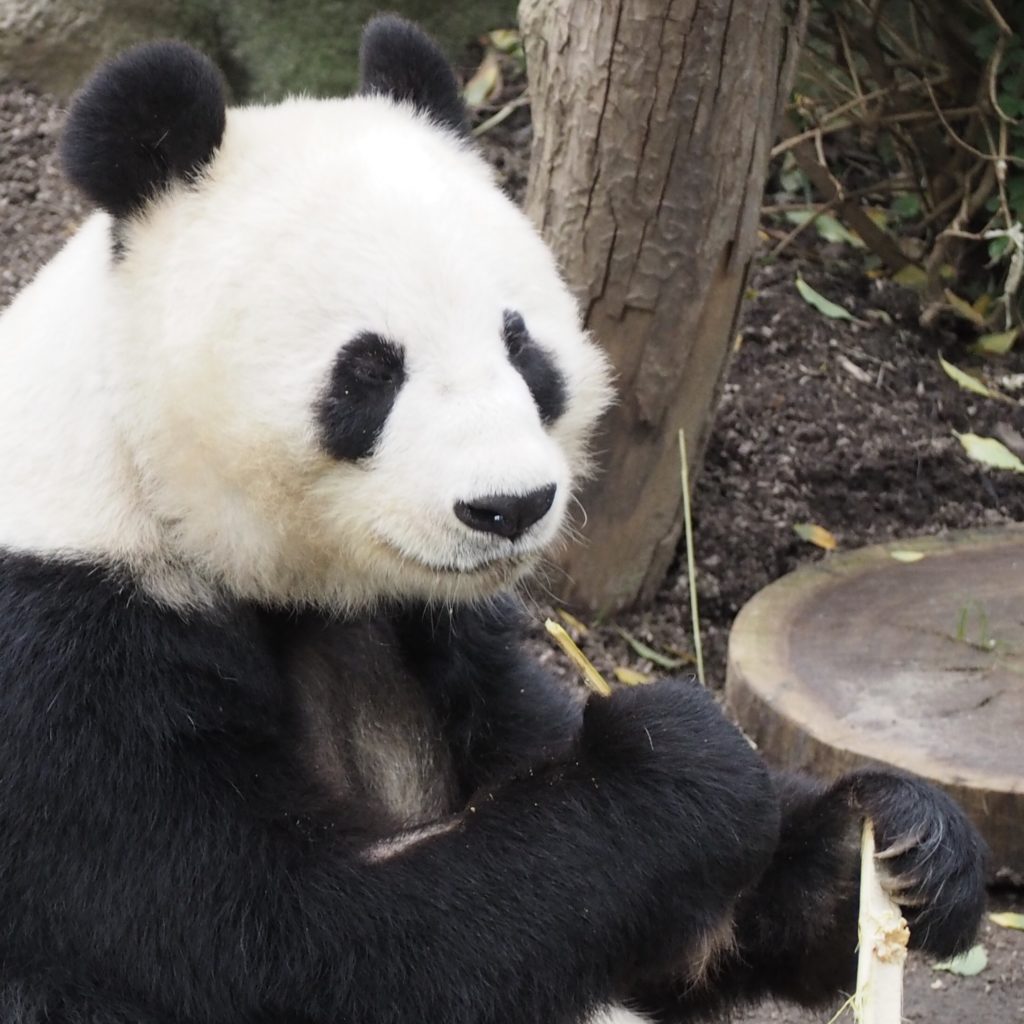


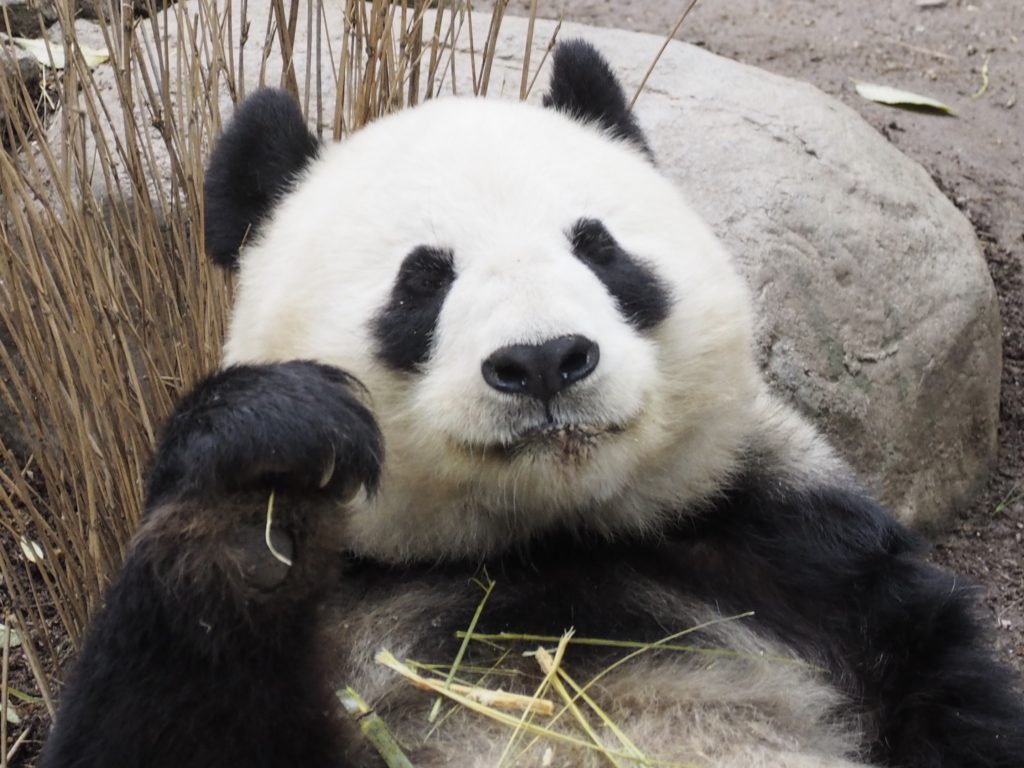
Giant Panda
In 2016 the Giant Panda was reclassified from being Endangered to a “Conservation-Reliant Vulnerable Species.” Of course, they’re adorable and a big attraction in the few zoos permitted by the Chinese government to breed them.
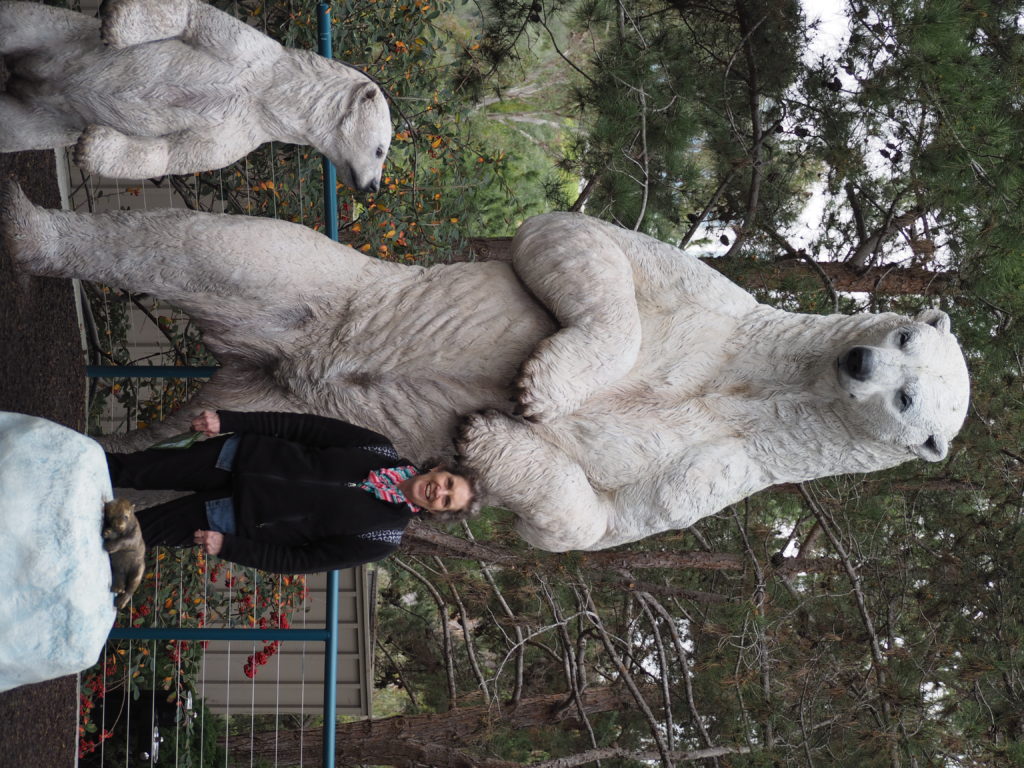
Yes, they’re big. 
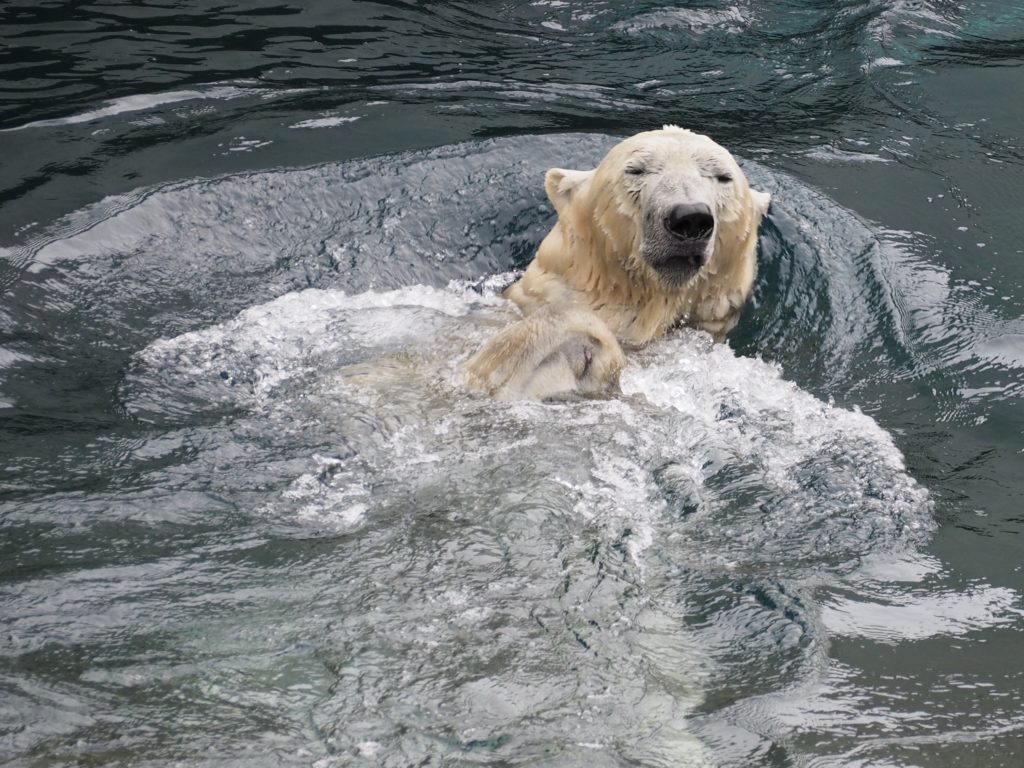
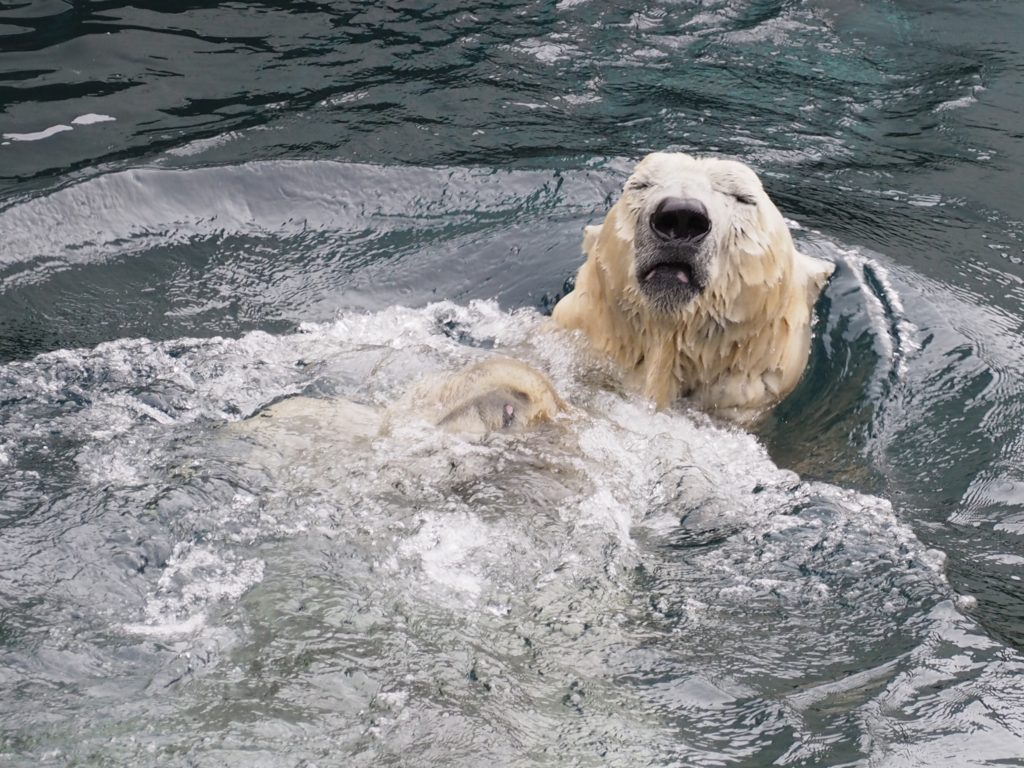
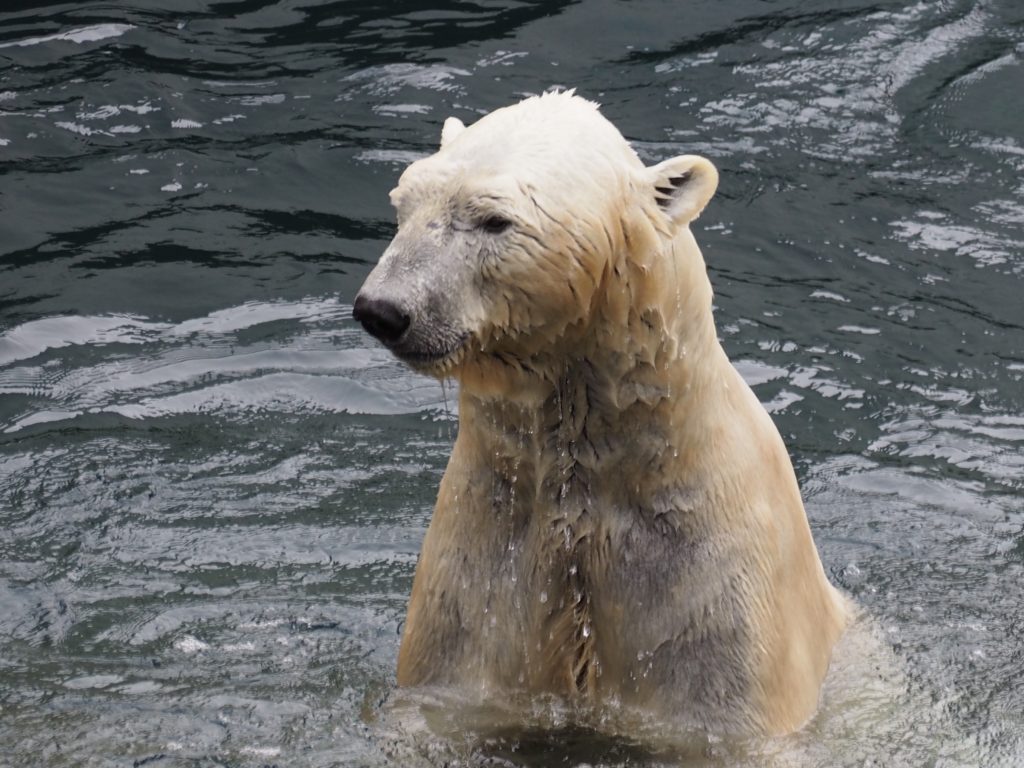
We all know the story of the vulnerability of the Polar Bear due to expected habitat loss from climate change. These bears were rescued from the wild when they were orphaned. They have a special low fat diet to accommodate them to the climate in San Diego where lots of body fat would make the heat a problem. They’ve come to enjoy lettuce and hard boiled eggs as treats. Conception is a puzzle the zoo is still trying to unravel.



More than a Zoo

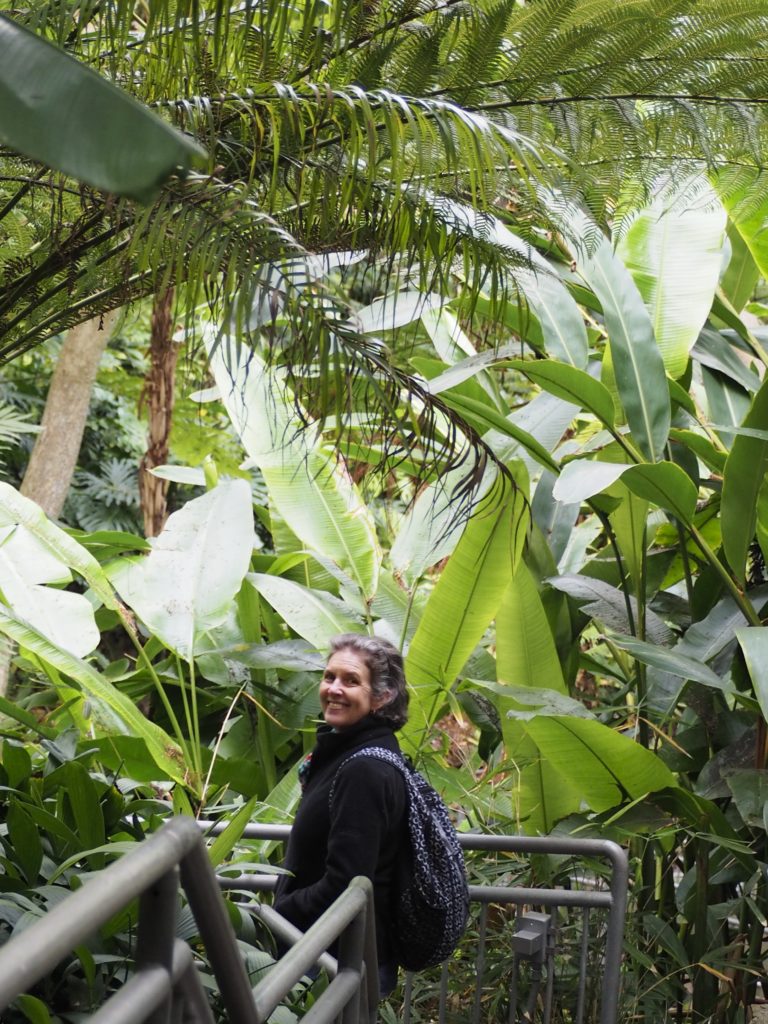
The zoo not only creates a natural environment for its animal guests, but grows the specific plants required for the dietary needs of the animals such as particular varieties of bamboo that no other animal may eat.
The docents also make the zoo a unique experience.

A large number of enormous aviaries are throughout the zoo, many of which you enter to experience the birds.
Whether endangered or not, some animals are just fun to watch.
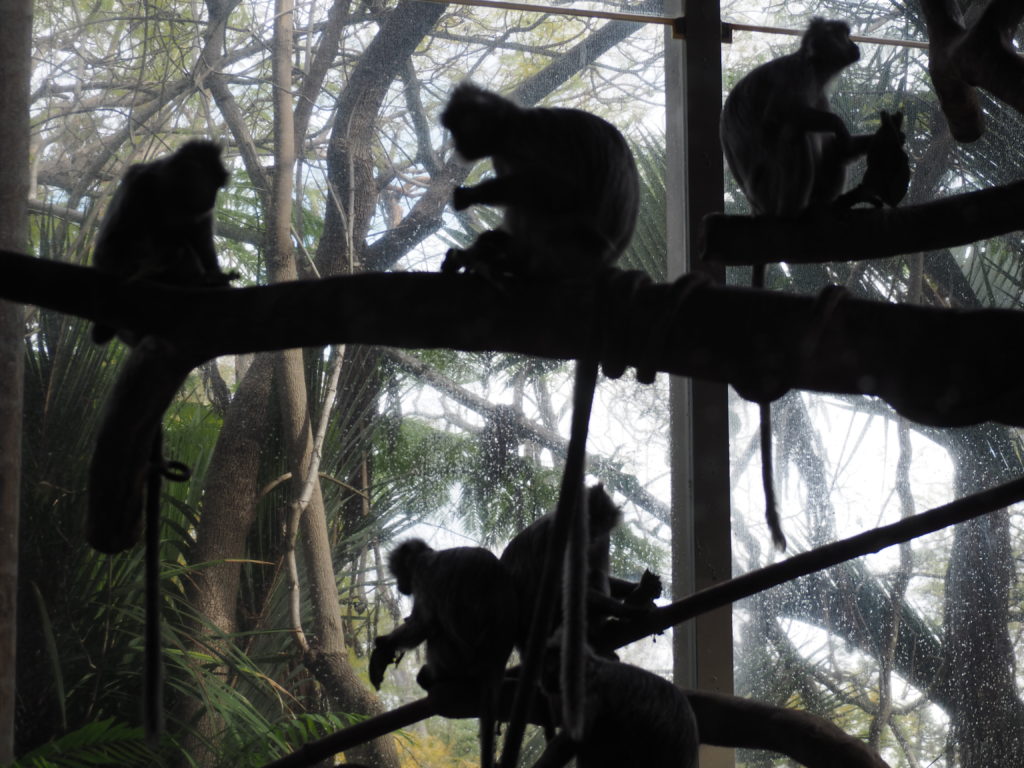
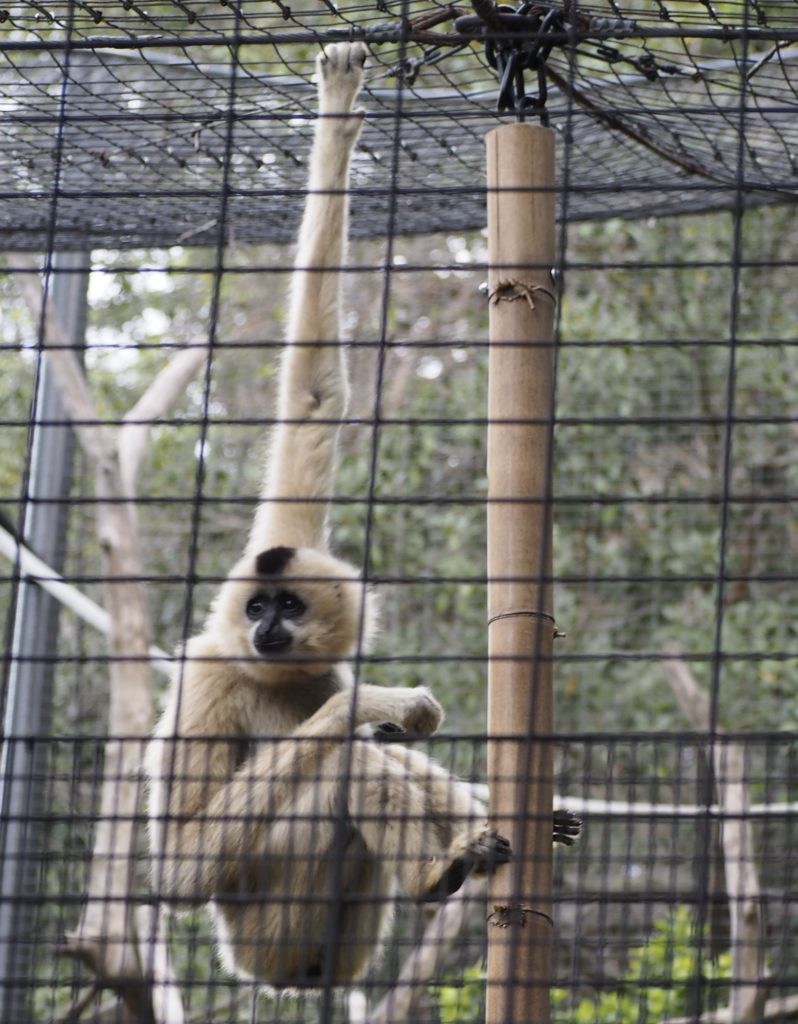

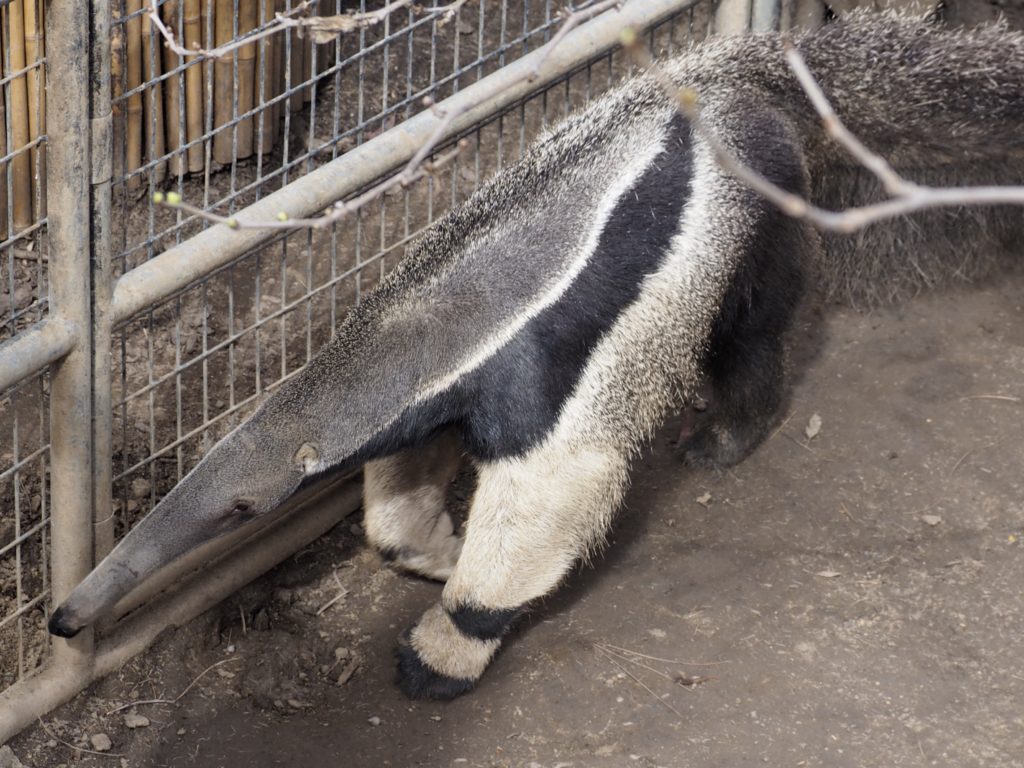
Giant Anteater 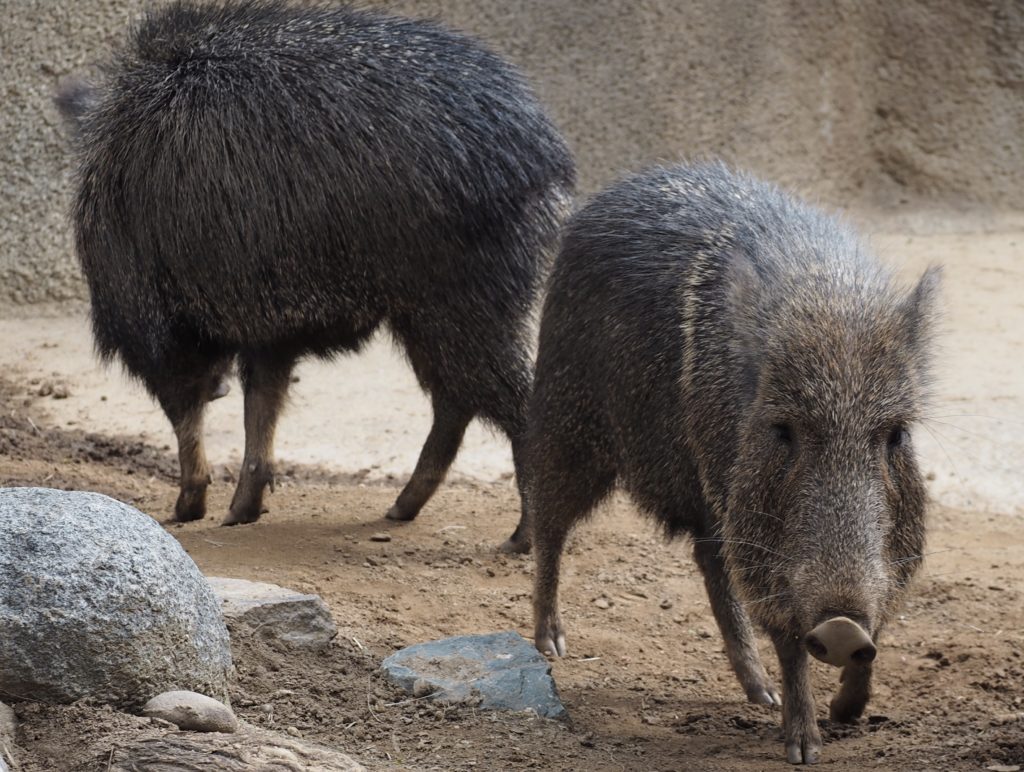
Peccary 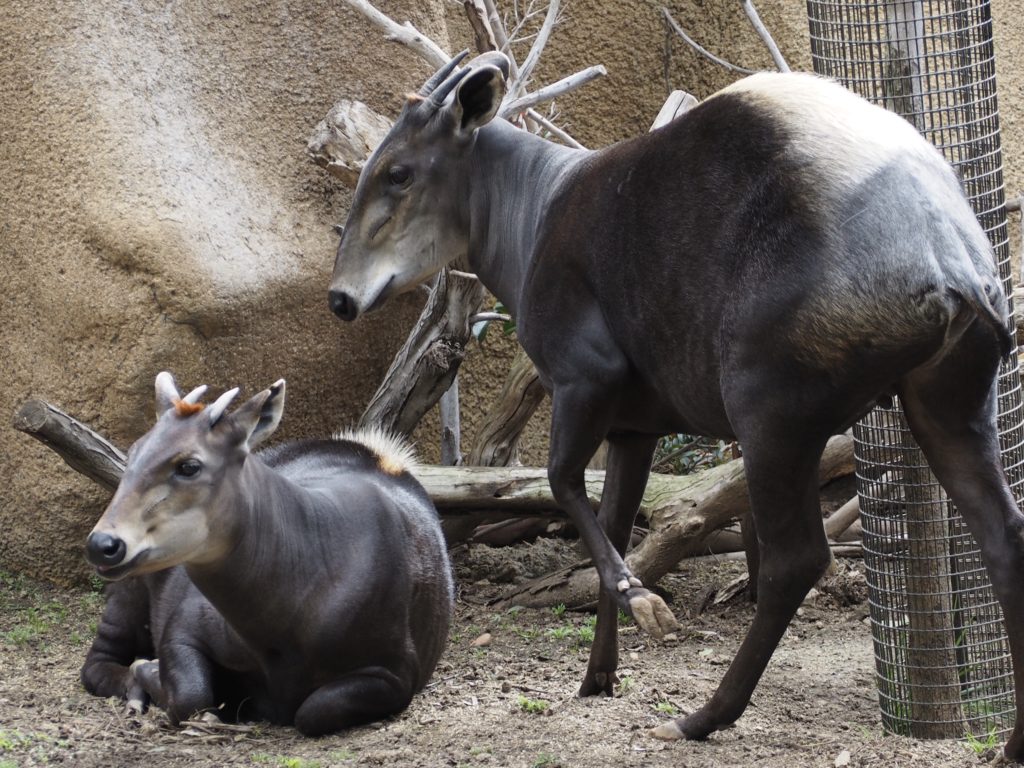
Duiker 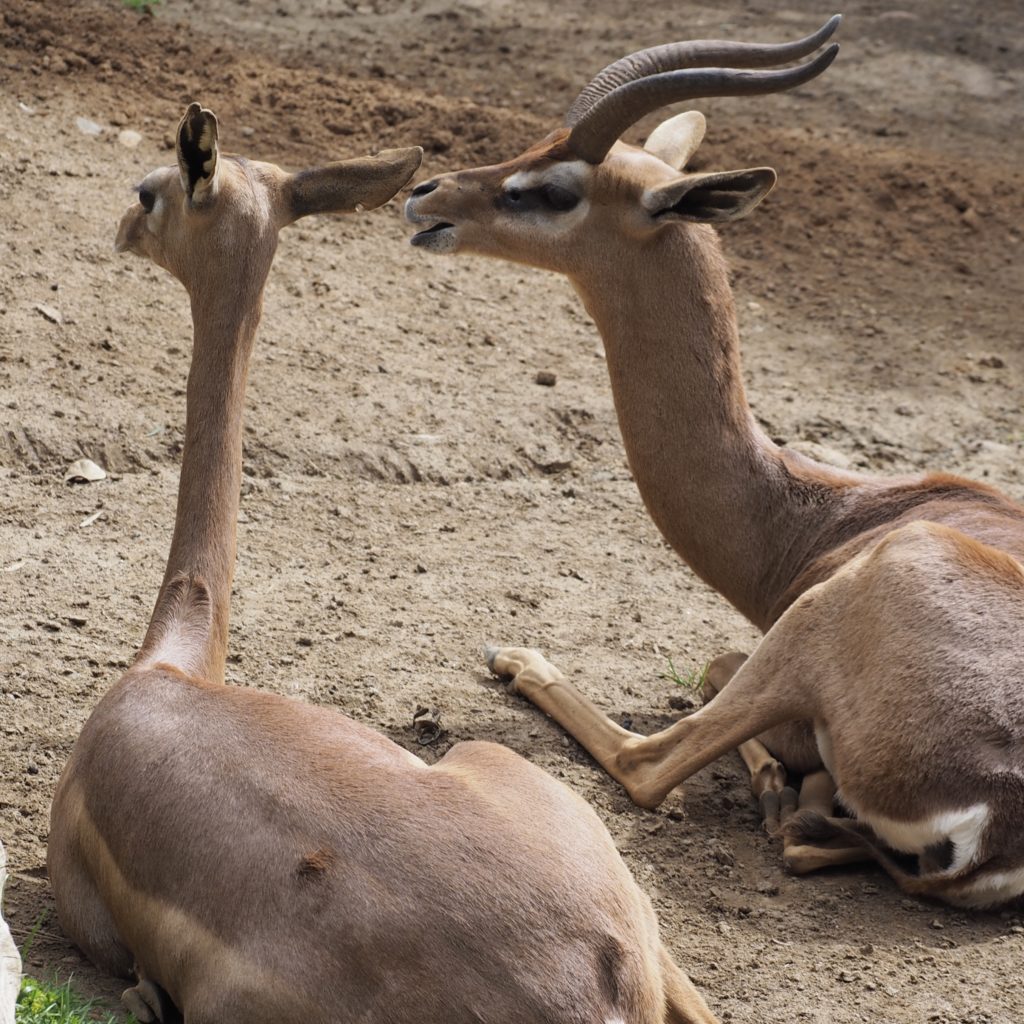
Gerenuk 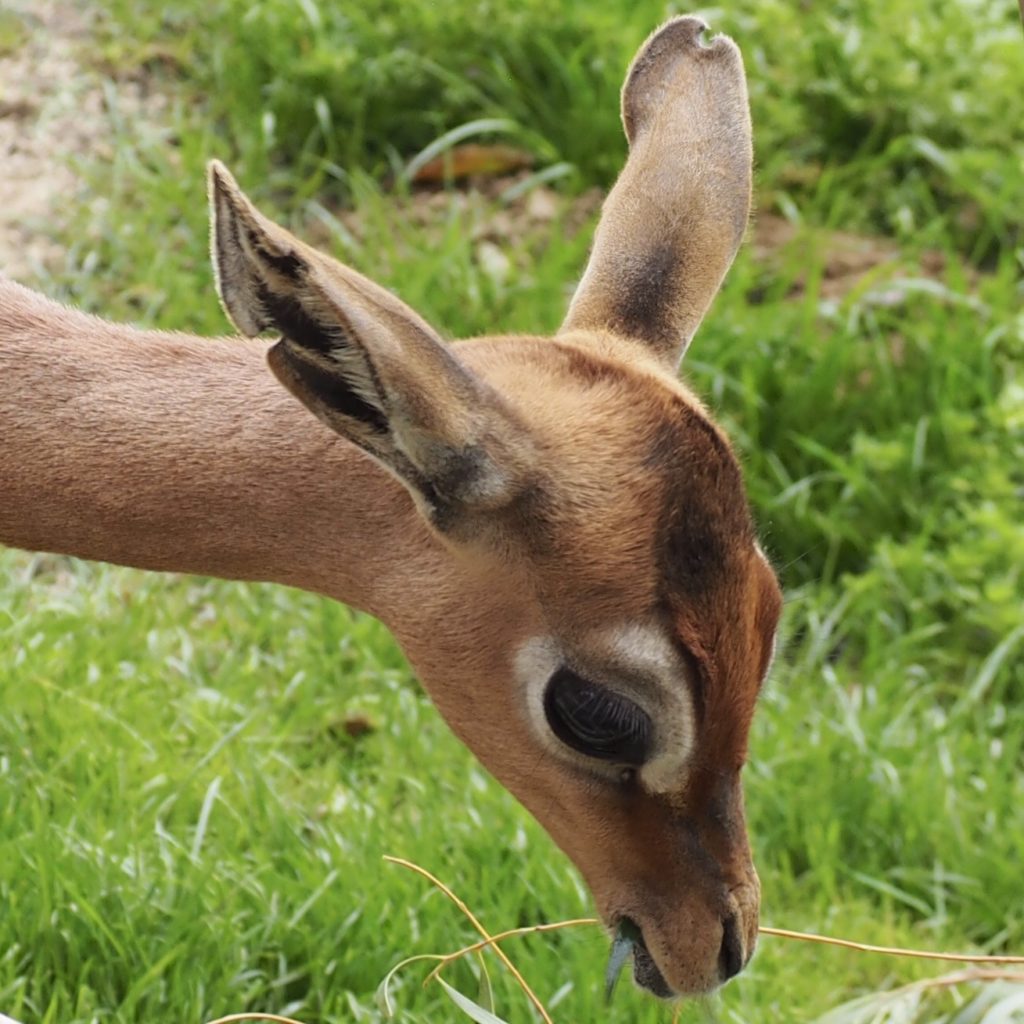
Gerenuk 
Maned Wolf (not really a wolf) 
Jaguar 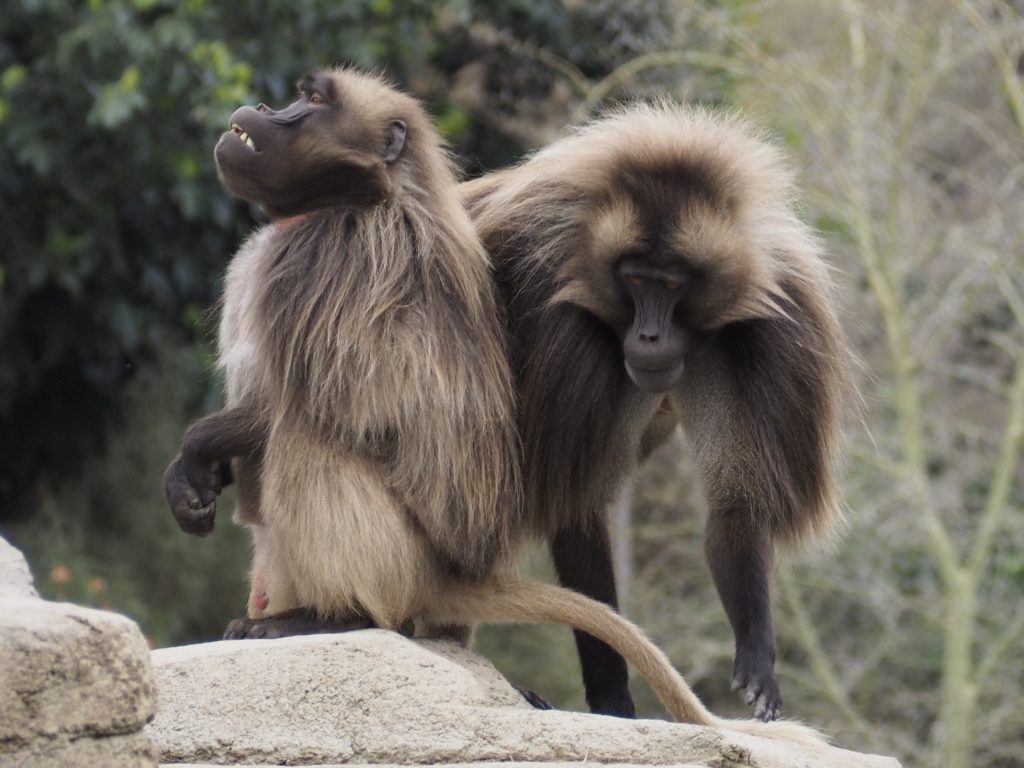
Gelada 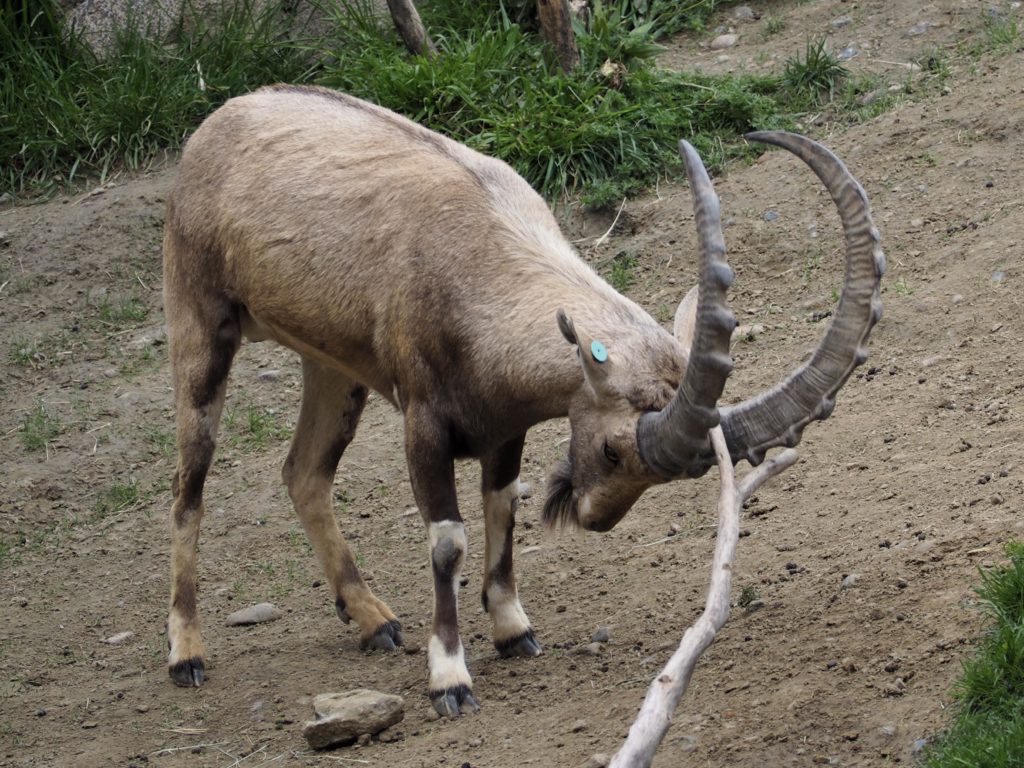
Ibex 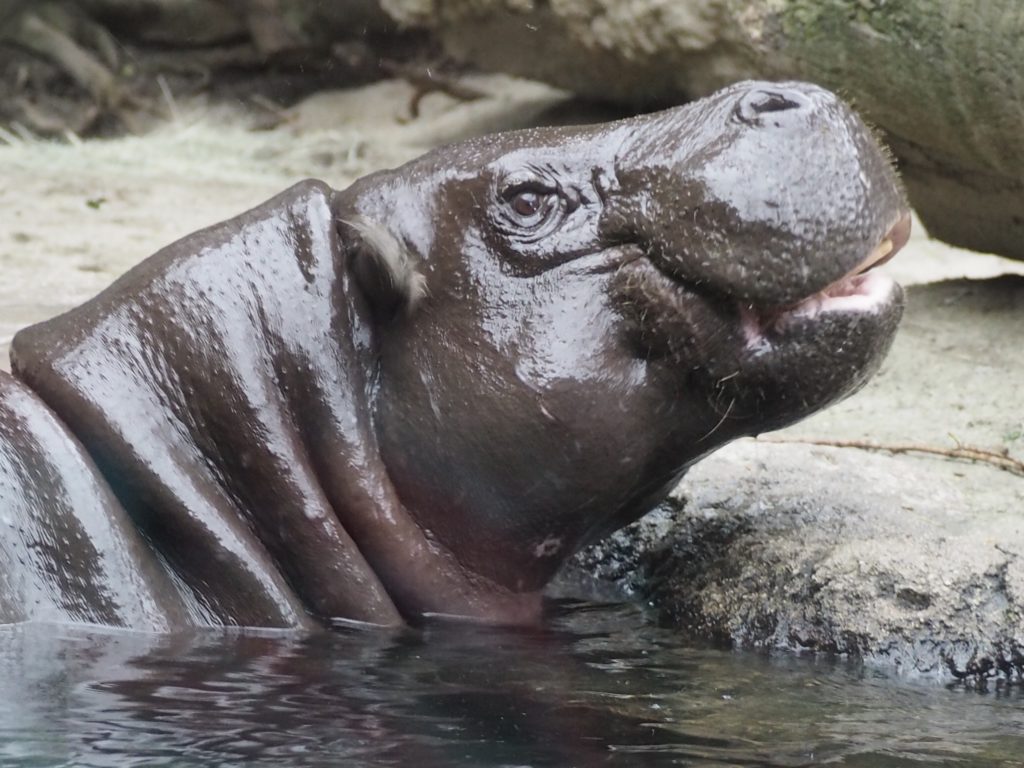
Pygmy Hippopotamus 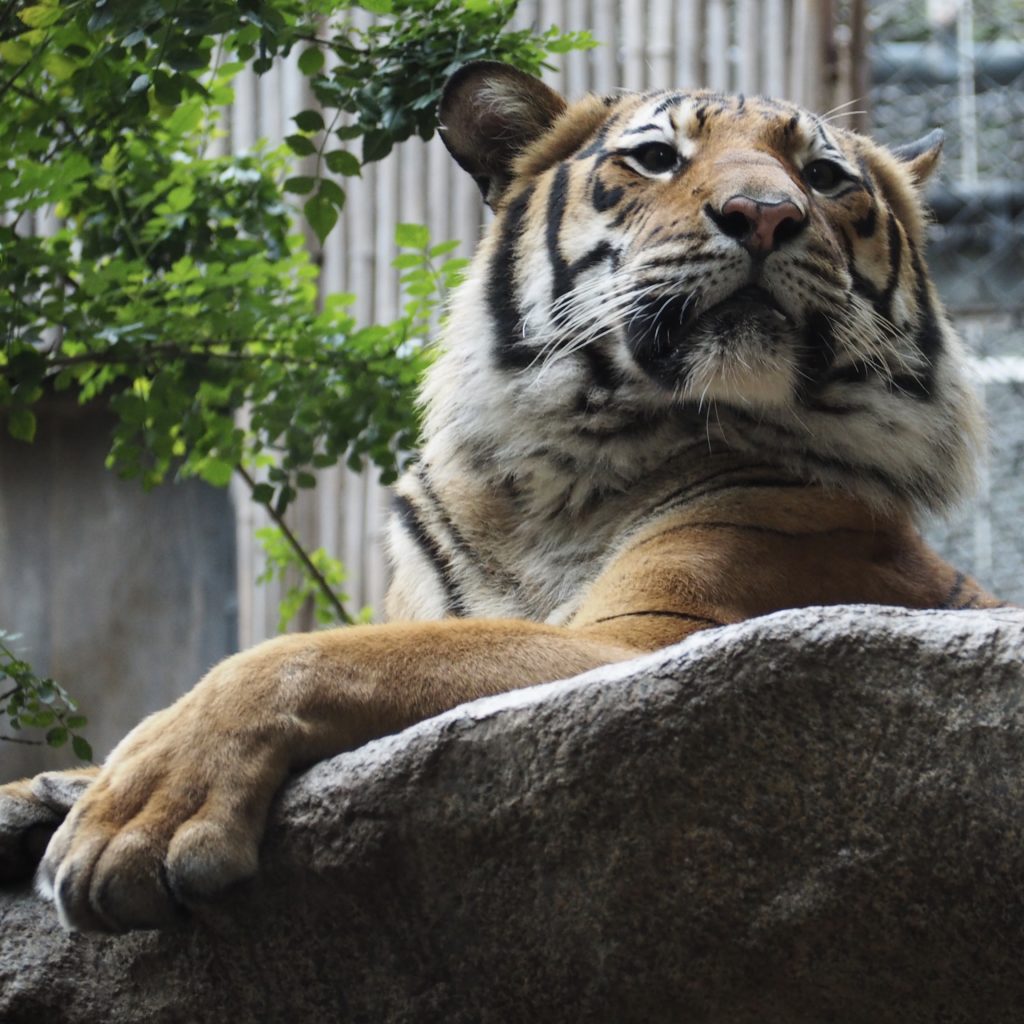
Malayan Tiger 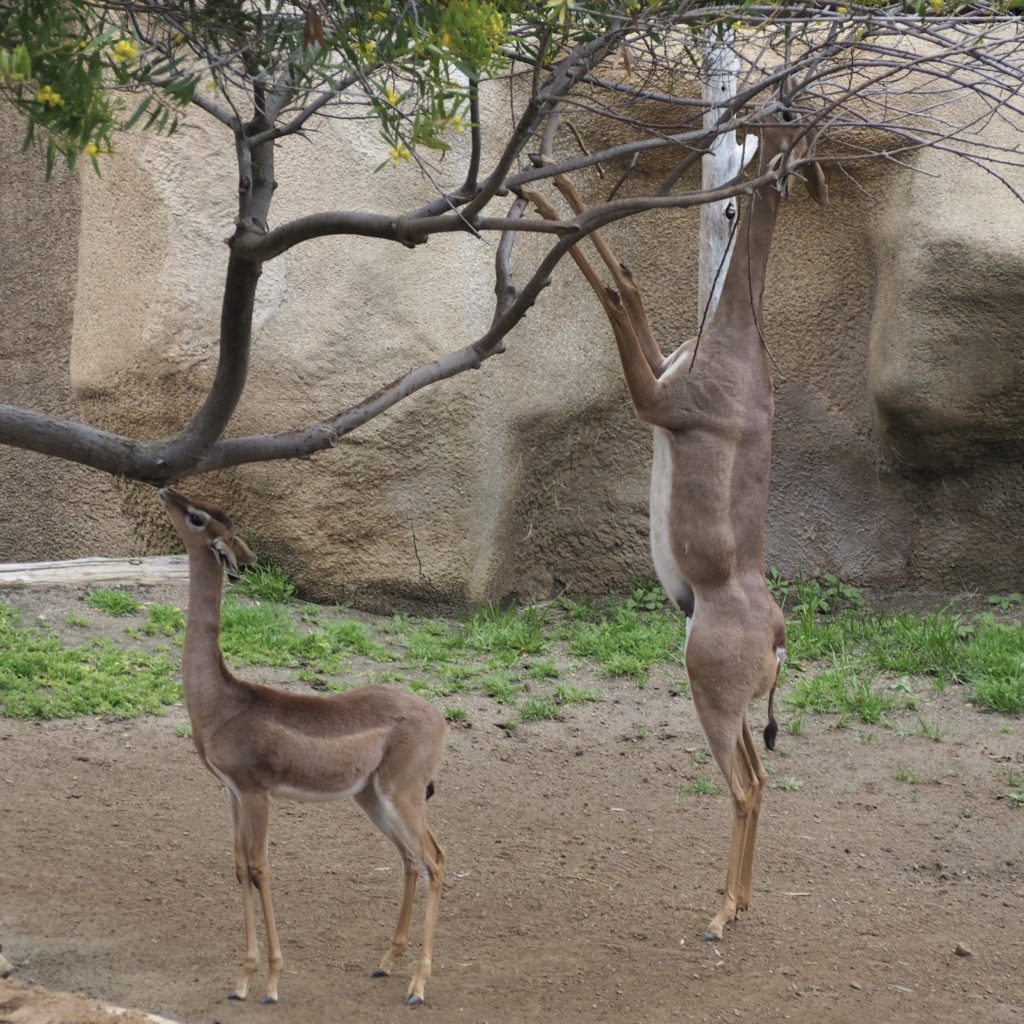
Gerenuk 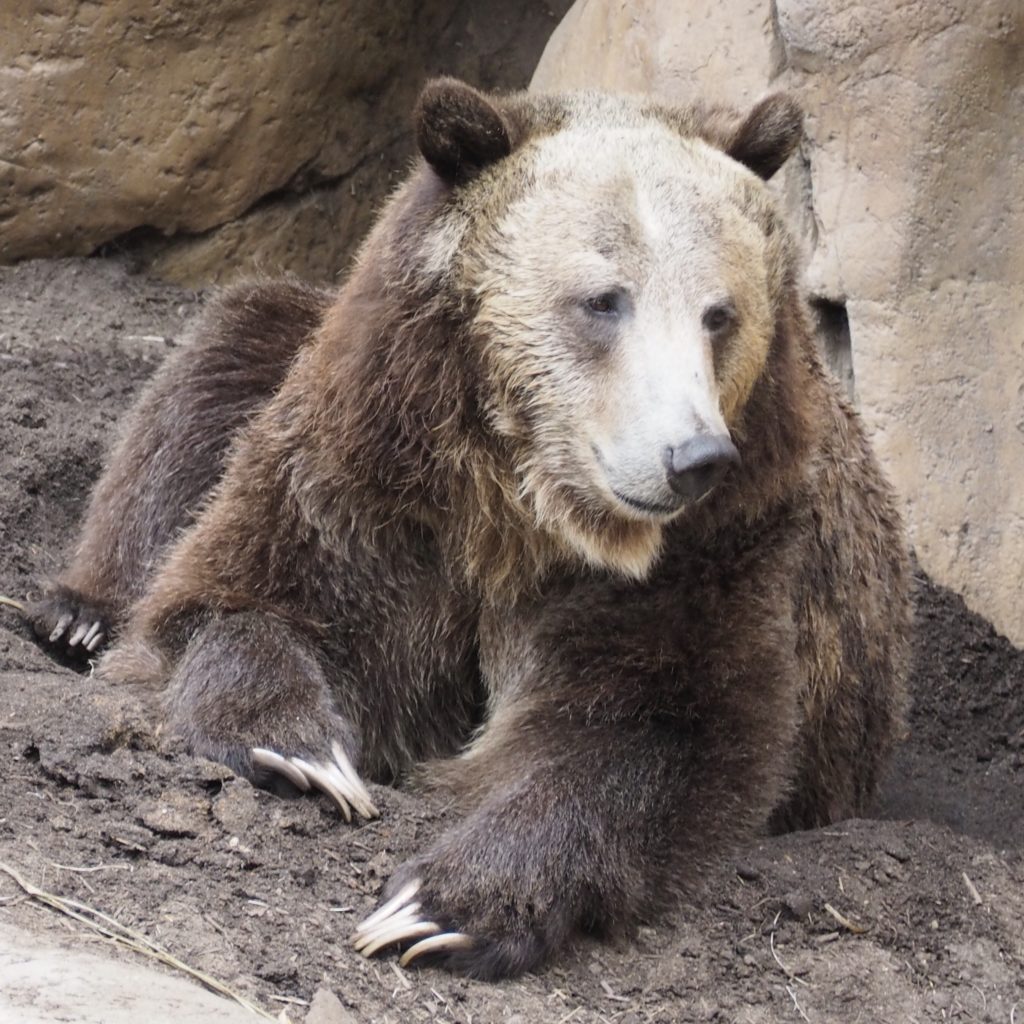
Scout, a Grizzly Bear rescued with his brother as a cub from Yellowstone
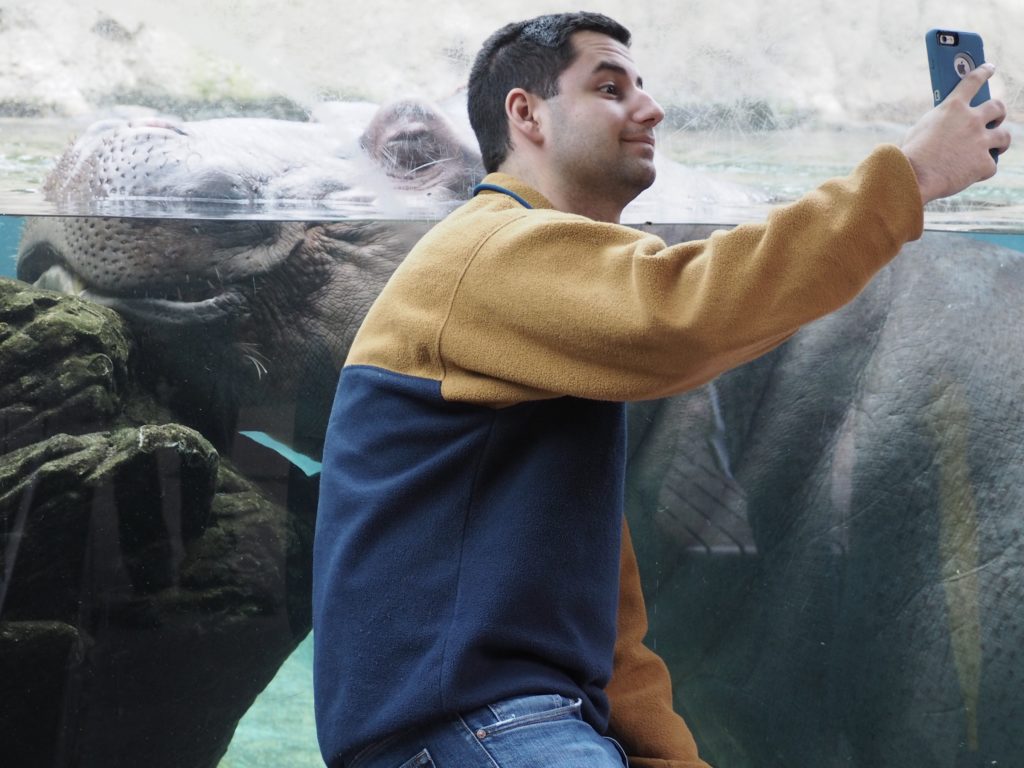
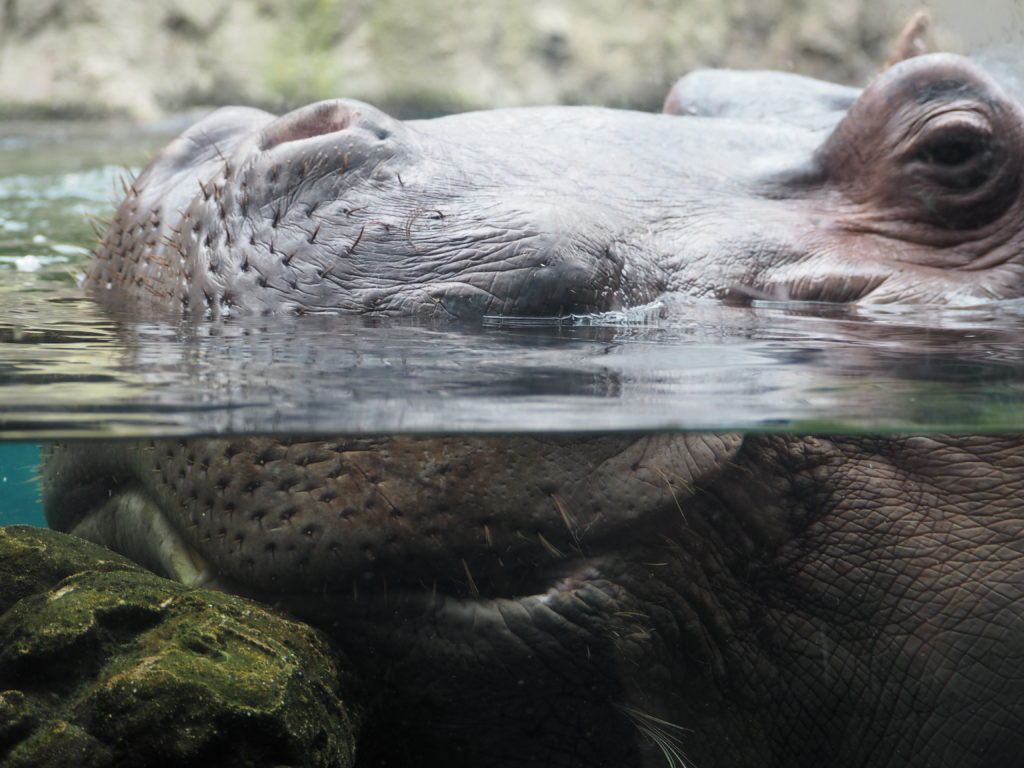
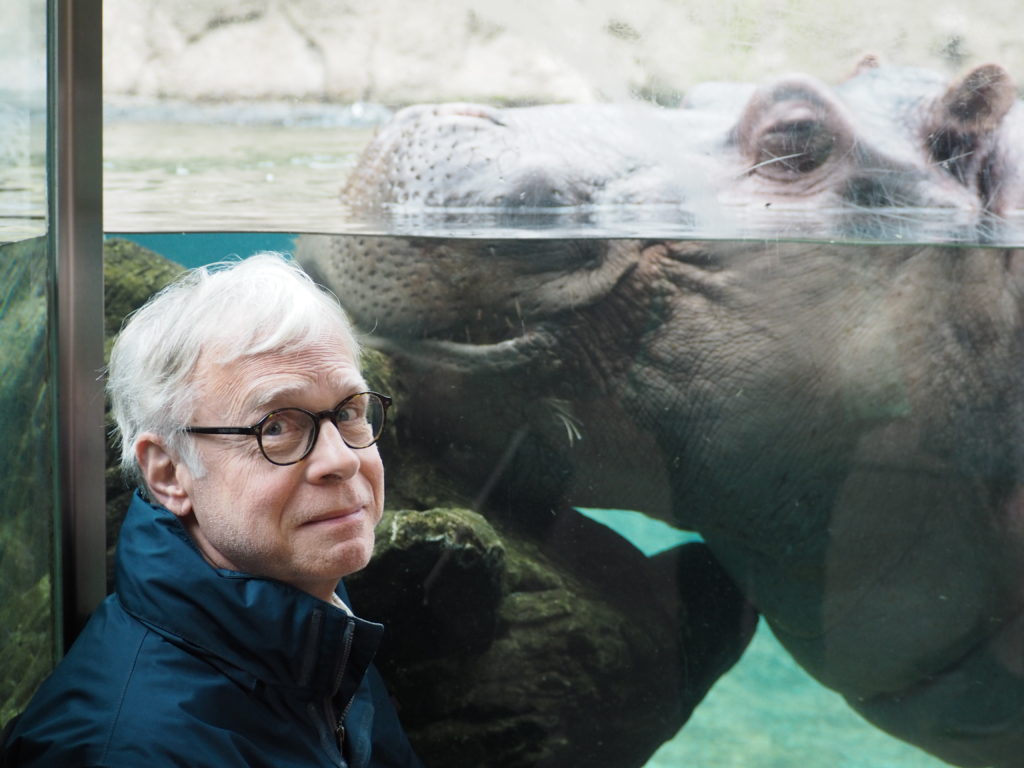



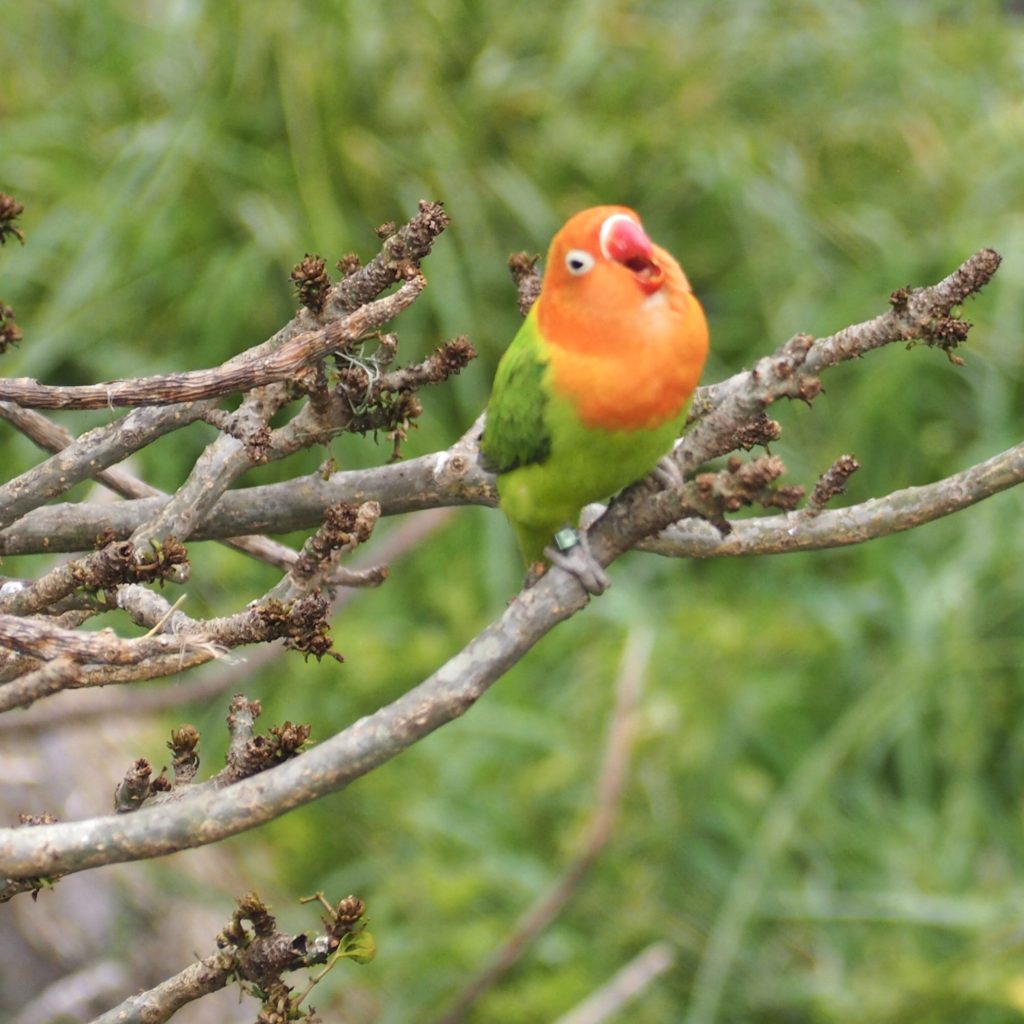

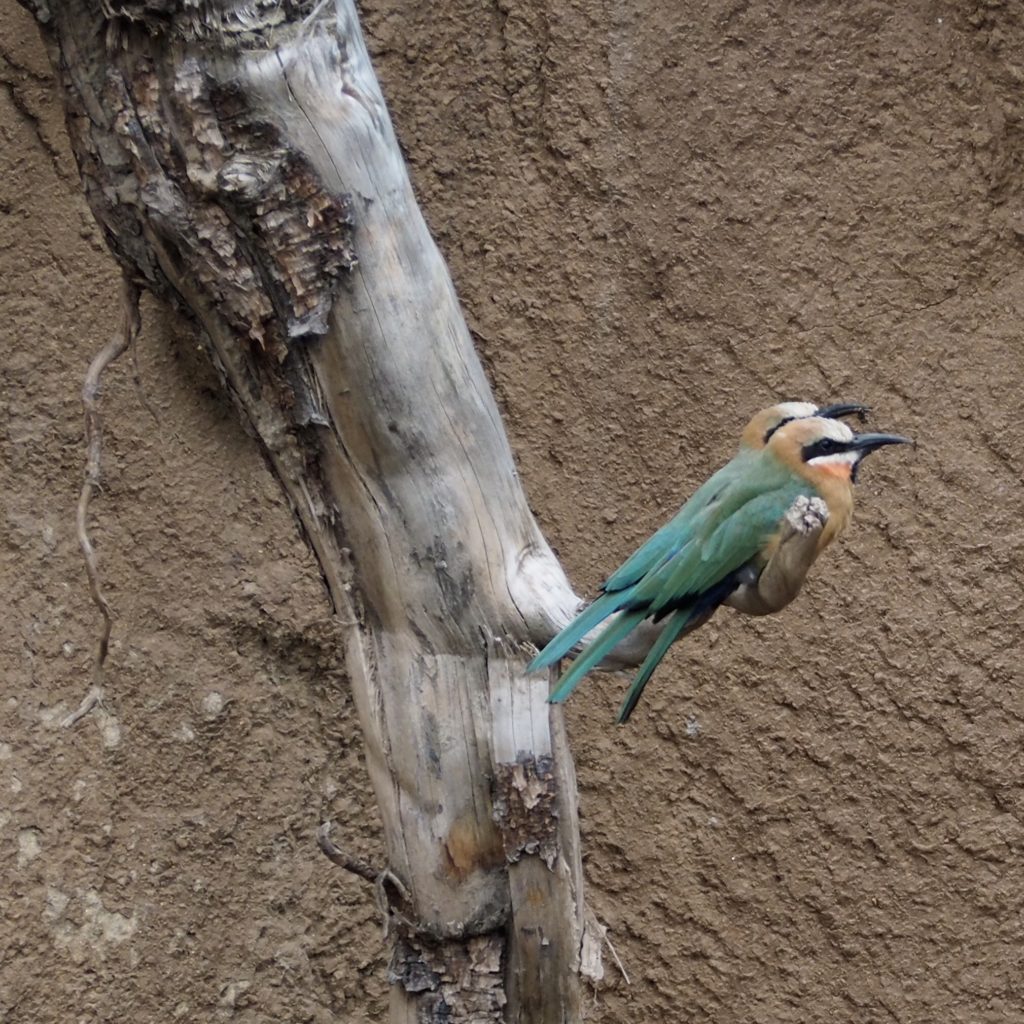
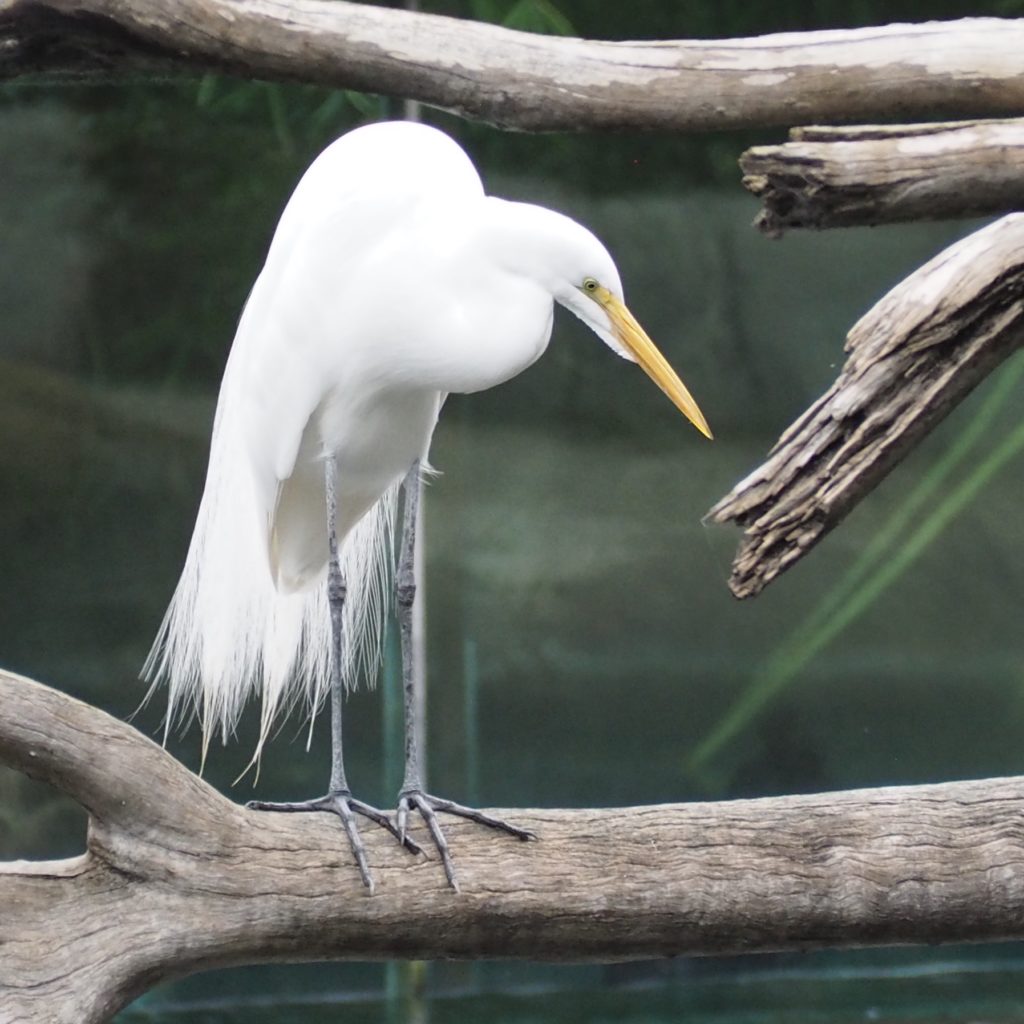
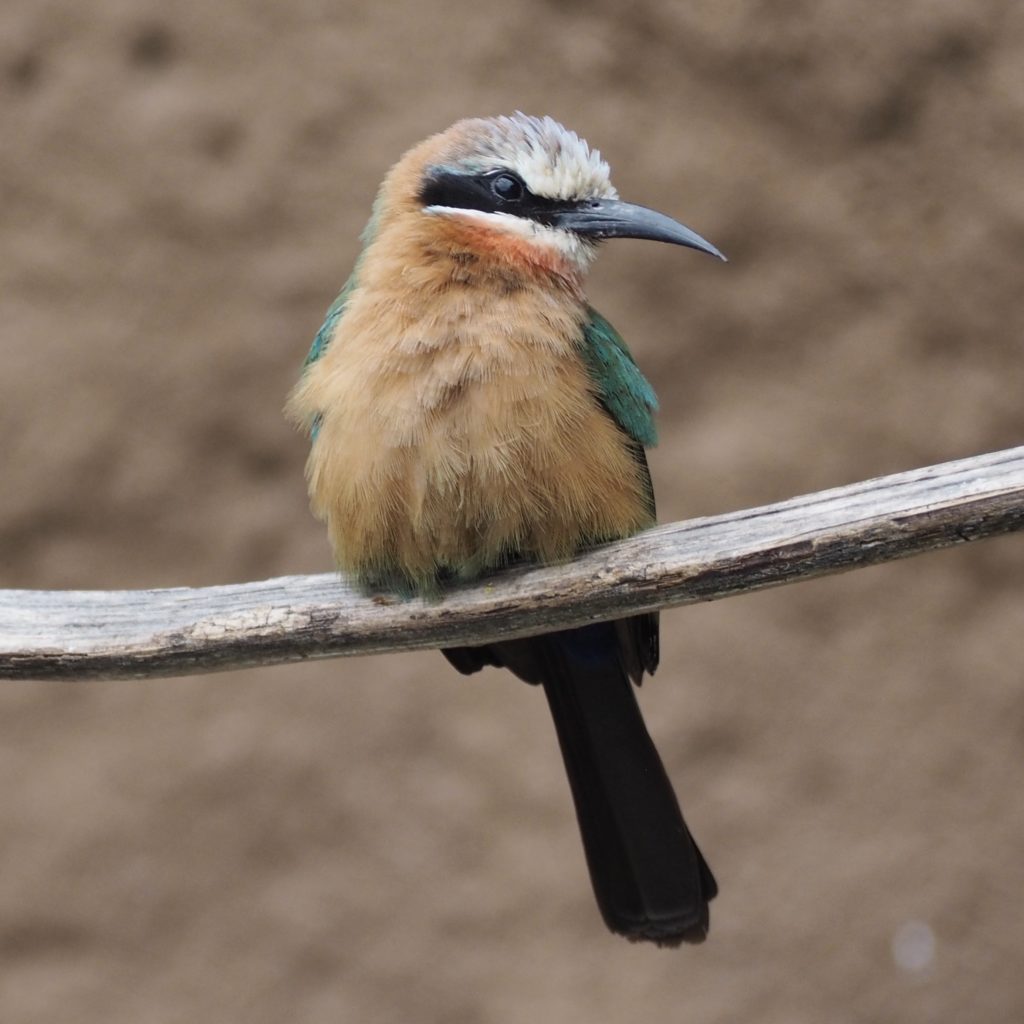
Wow, what an amazing zoo!!!